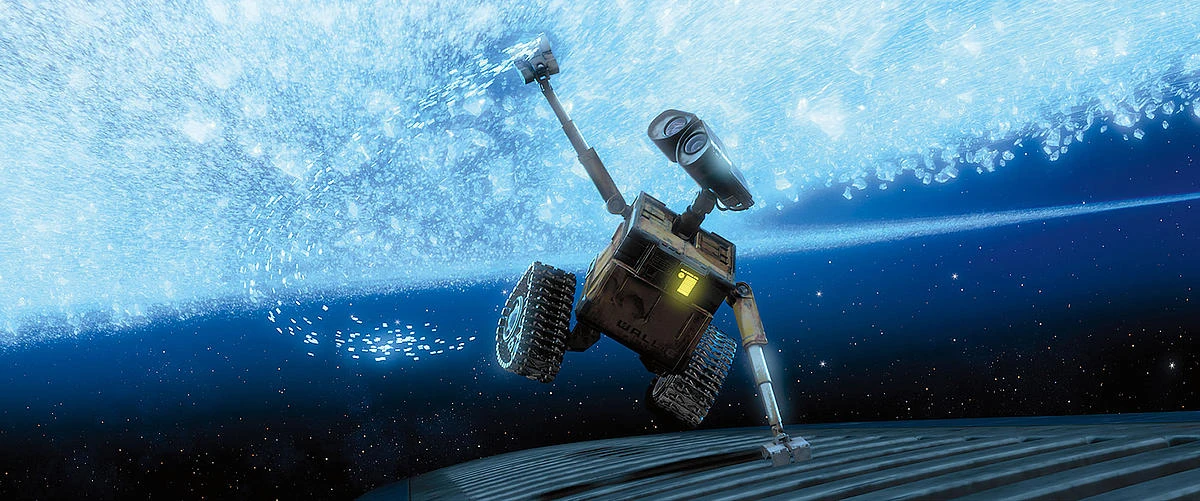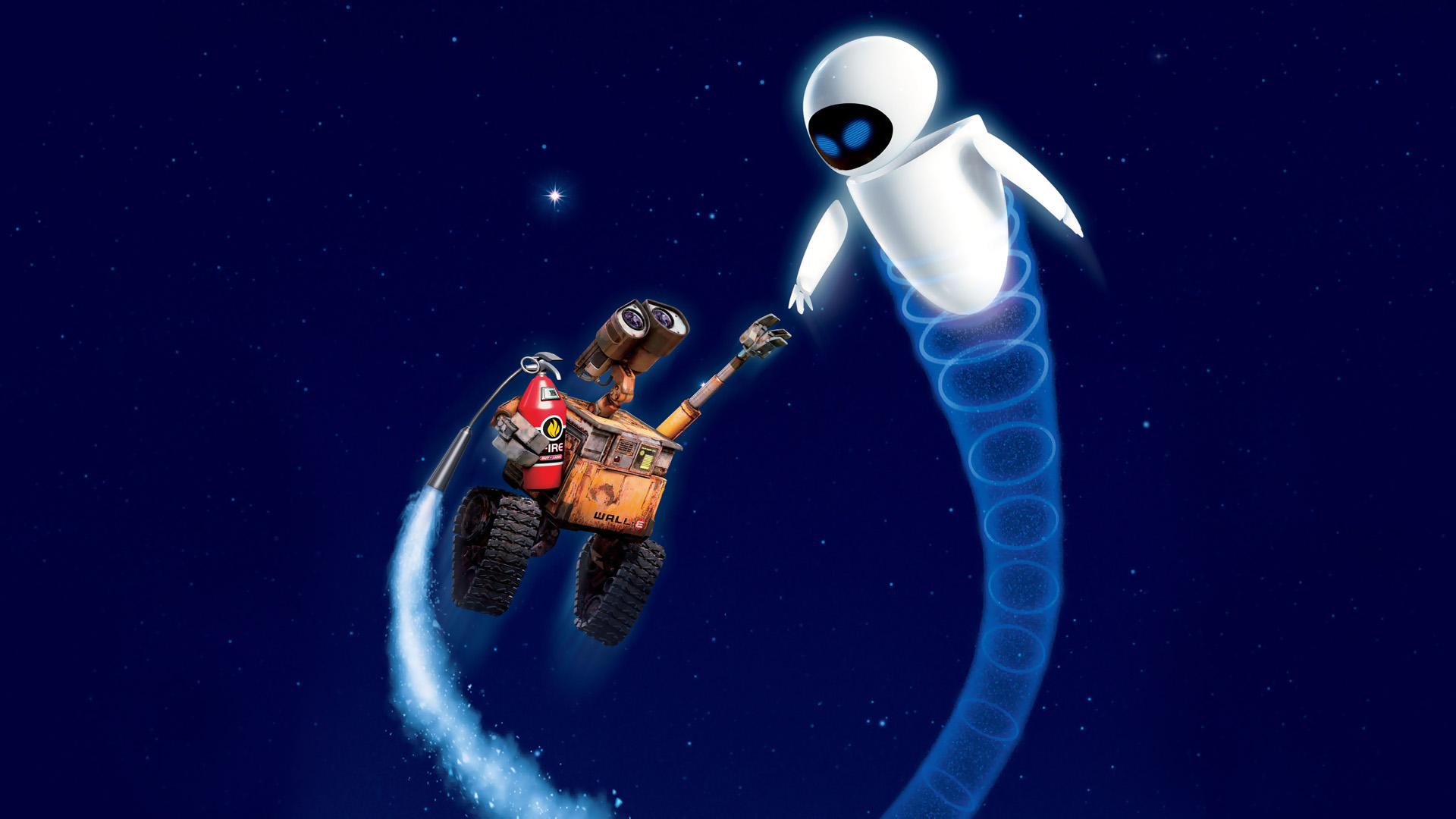Lesson Plan One:
After watching Wall-E, or another environmental film, have your students answer the questions listed below. This can be done through discussion in the classroom, as an individual graded assignment, or in group work. The questions are specific for the movie Wall-E but can be easily tweaked to fit the needs of your students and the movie they watched.
Wall-E is construction.
Media products are carefully crafted constructions, the results of many decisions, conscious and unconscious.
Q. How do you think Wall-E was “constructed”?
List some of the elements that went into this construction.
Q. What decisions had to be made by the directors and producers?
Q. How do we know this film was “constructed”?
Wall-E communicates values and ideology.
All media products contain implicit and explicit value messages and assumed truths about the nature of human beings and the world in which we live.
Q. In the movie Wall-E, what human values did it portray?
Q. What economic message can be seen in the movie?
Q. What messages does it send between people and the Earth?
Q. What does the movie say about America’s people and our health?
Wall-E has social and political implications.
The mass media have the potential to affect out behavior as individuals and citizens in a variety of ways.
Q. If more movies were like Wall-E, showing what might happen to Earth if we keep living the way we do, what do you think may be the effects of that?
Q. What are the main environmental issues shown in Wall-E?
Q. How might this film change the way people act?
Wall-E has forms that are related to content.
Different media represent reality in different ways: the form of a given piece of media shapes the message it sends.
Q. In what ways did this piece of media represent reality? Give examples.
Q. What message(s) did you pull from the film? Did the creators send the message(s) consciously or subconsciously?
Q. How realistic do you think this film is? Why?
Q. In what ways can we work to prevent our world from ending up like the one in the film? Are these practical ways to make a change?
Here is an example of a project that a Biology class did after watching the movie Wall-e and discussing environmental issues in class:
http://slinder87.wix.com/biology-environmental-issues#!project-examples
Lesson Plan Two:
This plan is geared toward a more advanced class, however you can take as many ideas or as little as you would like. After watching the movie Wall-E or any other movie depicting environmental issues, the students will discuss in class the questionsbelow. Here are their assignments after your discussion in class:
-Students will research an environmental issue, preferably something close to home, and write a 3 page paper on the issue of their choice.
-They will then choose a service project that accompanies the issue they chose, such as cleaning up a river if the subject was water pollution. This should be around an hour and the student must have proof of the service project (pictures will be fine).
-In addition to the service project, they will need to create a 2-5 minute vlog where they will talk about their thoughts and feelings of the service project.
-To display their work, they will need to create a PowerPoint presentation that has 5 slides on the research they have done, pictures from their service project, and the vlog they created.
IES CARMEN MARTIN GAITE - MORALZARZAL This blog is expected to provide with information about the linguistic immersions that will be taking place in our highschool in order to improve our students' speaking skills amongst others.
¿Qué se ha publicado?
- 1 ESO (5)
- 2 ESO (1)
- 3 ESO (1)
- El Escorial Inmersión (11)
- ENGLISH IN ROMSEY (8)
- ENGLISH IN TOTNES (13)
- gallery (1)
- Immersion (1)
- INFO (15)
- INTRO (2)
- Madrid immersion (1)
- Manchester (1)
- meeting (1)
- Pics. (10)
- Projects and Lessons (8)
- ROMSEY (3)
- Routes - Cercedilla Immersion (3)
- Sheffield Rascafría Immersion (5)
- sorteo (1)
- The Green Patrol (13)
- Workshops and handcrafts (2)
- York (4)
- York immersion (12)
- York Immrsion (2)

